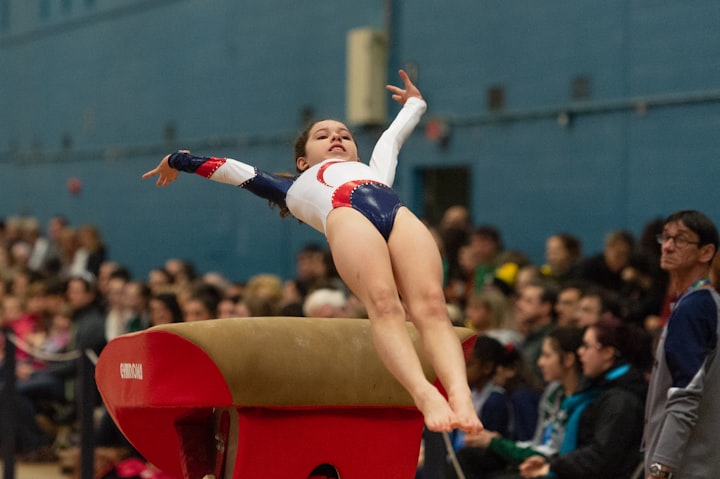Abuse in Youth Sports
Are young athletes being protected?

Every day more stories surface from college and current and former pro-athletes athletes regarding the abuse they endured throughout their careers. Boxer Sugar Ray Leonard reported abuse by a former Olympic boxing coach. Several NHL players have reported abuse by their coaches, such as Theo Fleury and Sheldon Kennedy who were abused by Graham James, their coach when they were teenagers. Most notably, several members of US National and Olympic Gymnastic teams reported abuse by the team doctor, Larry Nassar.

Reported abuses range from mental and emotional to physical and sexual. Abuse in sports is not limited to those at the elite level. Many athletes and/or athletes parents report abuse occurring at the youth level.
Youth sport organizations and associations have appeared to take various measures to stop abuse before it starts. The questions we must ask ourselves are: How are these measures being enforced or are they simply put in place to make parents feel that their children are truly safe? And if they are being enforced, how are they being enforced? And are these measures enough to deter possible abusers?
What exactly is abuse? Abuse can take many forms. In sports, abuse tends to be mental, emotional, physical, and/or sexual. When defining any type of abuse, the thing to remember is that the abuser uses their position of power to intimidate youths into being abused.
Most people are familiar with physical and sexual abuse. Physical abuse occurs when a coach or manager uses their position of power to knowingly and purposely injure a minor. Such as hitting a young athlete for missing a play or grabbing an athlete out of anger. While sexual abuse occurs when a coach or manager uses their position of power to sexualize touch between themselves and a minor. Such as turning a hug into an opportunity to fondle or seductively stroking a minor rather than patting their back or shoulder as a form of praise for their performance.
Lesser understood forms of abuse are mental and emotional abuse. These forms of abuse occur when a coach or manager uses their position of power to attack a minor's self-esteem or emotional well-being. For example name calling, such as calling an athlete "butterfingers" after they've dropped a ball. Shunning, or purposefully ignoring an athletes presence, is a form of mental and emotional abuse that is rarely discussed. For example, speaking to one athlete about another right in front of them while pretending they are not there such as saying, "You will start as quarterback but then Johnny will play the second half," without looking at Johnny then walking away as if he isn't present.

How are young athletes being protected? Some of the measures that youth sports organizations and associations may be taking include background checks for coaches and team mangers, mandating that no single adult may be left alone with athletes, and requiring internet courses designed to teach adults how to recognize abuse.
After these background checks are completed once, often organizations do not require that they are ever conducted again. This means that a coach or manager could commit a crime against children after having their initial background check completed while still be allowed to be left alone with vulnerable youths. Some organization handbooks mandate that there must be a minimum of two adults in locker rooms with athletes, however many parents report that this is not enforced on their athlete's teams.
Are required internet courses effective? While coaches and managers may be required to take internet courses that teach them how to recognize abuse, they may or may not teach them how to report abuse. When someone chooses to become an educator, it requires them to also become a mandated reporter for suspected abuse. This may not be the case for youth sport organizations.

Are youth sport organizations truly doing everything within their power to protect children from abuse? Are reports of abuse taken seriously within these organizations? Or are these organizations simply in the business of making money?
About the Creator
Erin Connolly
Sports mom, Dog mom, High School Cheerleading Coach, & Affective Ed/Social Skills guru who loves to write about various subjects.






Comments
There are no comments for this story
Be the first to respond and start the conversation.